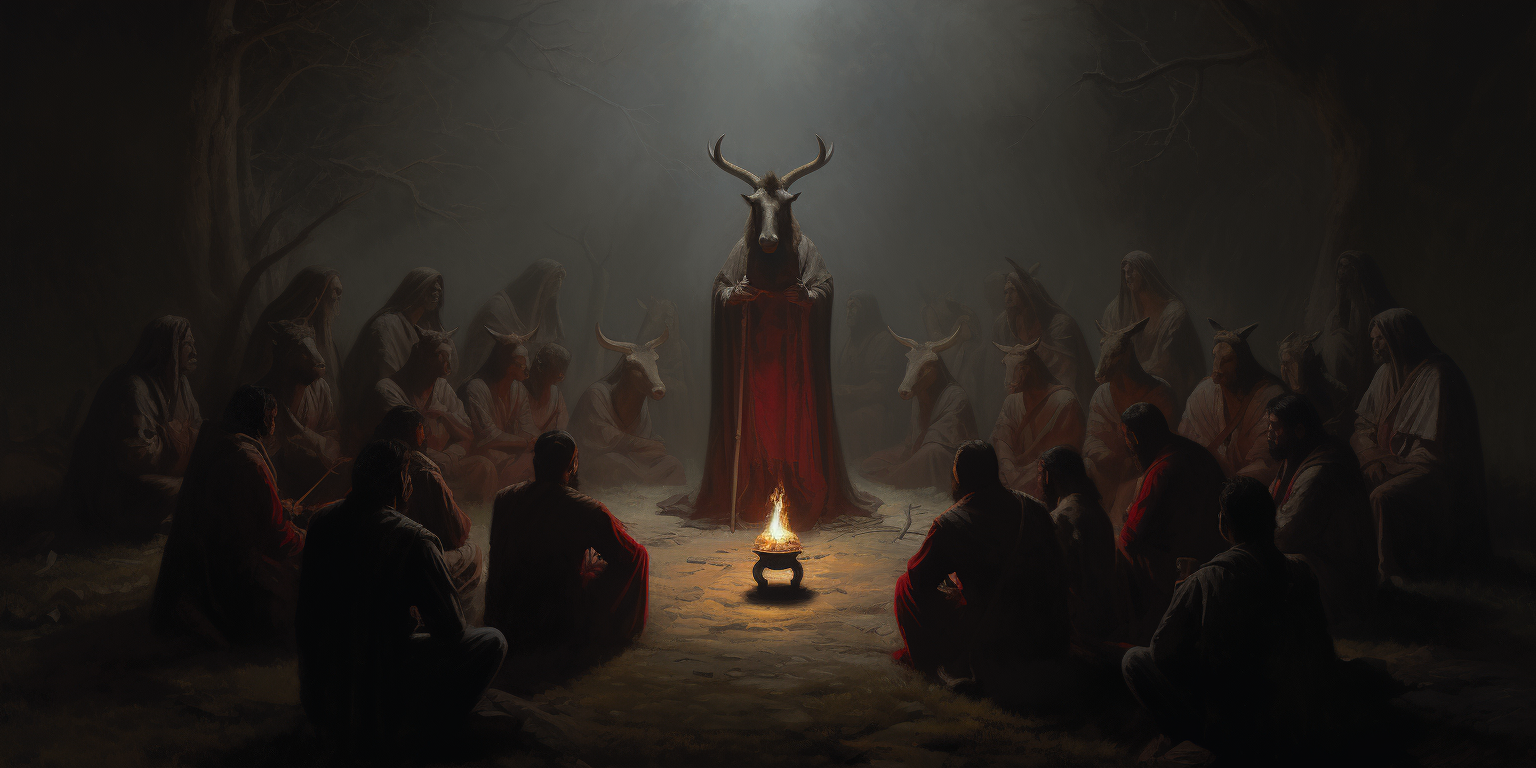In late 2022, billionaire personality Elon Musk purchased the social media site Twitter. In July of the next year, he changed the site’s name to “X.” Since that time, journalists have been faced with a dilemma.
Since Twitter first rose to prominence a decade ago, journalists have over-relied on the site. It’s fair to say this frequent past usage has left many journalists struggling to navigate the name transition for a site that was now properly called X but that was widely known by a different name.
The solution, devised by newsrooms across the country, was to add the phrase “formerly referred to” or “formerly known as Twitter” in their first reference to the social platform.
For Latter-day Saints, this brings to mind the 2018 emphasis by Prophet Russell M. Nelson on using the full name of The Church of Jesus Christ of Latter-day Saints. Beginning that year, the Church took major steps to remove the word “Mormon,” even from historic organizations like the Tabernacle Choir. For the first time, there was also encouragement not to use the term “LDS” and instead to use the shortened name, the “Church of Jesus Christ.” Many prominent newsrooms refer to Twitter in the past tense but Mormon in the present tense.
The solution, devised by newsrooms across the country, was to add the phrase “widely known as the Mormon Church” in their first reference to the church.
There is a subtle difference between these two phrases. For X, its identity as Twitter is accepted to have been in the past, with the “formerly known as” phrase acknowledging that a new name exists now. For the Church of Jesus Christ, the “widely known as” phrase reasserts its identity as the Mormon Church still in the present.
This is not merely a matter of different newsrooms taking different—but internally consistent—approaches. Many prominent newsrooms refer to Twitter in the past tense but Mormon in the present tense. CNN uses the past tense phrase for X and the present tense phrase for the Church of Jesus Christ. This different treatment by the same newsroom is seen in US News & World Report, Slate, and NPR, among many others. Even putatively neutral sources such as the Associated Press use this uneven convention. To find a news source that refers to X in the same “widely known as” manner as the Church of Jesus Christ is referred to, I had to turn to an AM talk radio show from South Africa.
Why?
Let’s first give these journalists and newsrooms the most possible benefit of the doubt. Time magazine actually did use the past tense phrase “formerly known as the ‘Mormon church.’”
Yet they later issued a correction about having “mischaracterized The Church of Jesus Christ of Latter-day Saints,” explaining the Church “is not formerly known as the “Mormon church,” but is instead “commonly referred to as the “Mormon church.”
Perhaps they did this since the Church of Jesus Christ never had officially been called “Mormon.” So, saying it was formerly “known” as Mormon mischaracterized that it has always been a nickname. Nonetheless, rather than simply changing it from “formerly known” to “formerly referred to as,” which would have fixed that problem, the editors changed the language from “formerly known” to “commonly referred to as,” which again asserts its present tense validity.
I reached out to Time’s editors for clarification on why they made this change, but as of the time of publication, they have not responded.
Other newsrooms clearly don’t interpret the word “known” to refer to an official name since “widely known as” is the most commonly used variation of the phrase. Others might not want to put the phrase in the past tense for accuracy’s sake because the use of the phrase “Mormon” persists. But this is certainly still true of the name “Twitter” as well, and hasn’t prevented even Time from using the phrase “formerly known as Twitter.”
What else could be going on here?
In research I helped conduct in 2019, we looked at how the twenty largest US print news media referred to The Church of Jesus Christ of Latter-day Saints for a period of six months after the AP changed its style guide. Among other things, we conducted a sentiment analysis on articles that abided by the Church’s requested usage and those that did not.
Articles that included negative or critical editorializing about the Church used the word “Mormon” 86% of the time, while articles that did not include negative editorializing about the Church used the word “Mormon” only 46% of the time.
This research, in conjunction with the disparate treatment of the Church and X, suggests that naming conventions used by the media are not merely a matter of editorial choice or convenience but are influenced by the editorial stance toward the entities they are covering—regardless of whether this is a conscious decision or not. They will stop calling us Mormon when they decide to stop calling us Mormon.
Journalists appear happy to let X define itself. But they will define Latter-day Saints. They will stop calling us Mormon when they decide to stop calling us Mormon.
The subtle factors that go into the words chosen by newsrooms are certainly difficult to suss out, especially because of the many unconscious biases that may play a role in making those decisions. But something is going on that leads journalists to accept X’s name change as legitimate while refusing to extend that same courtesy to the Latter-day Saints. Why is that?
Something worth thinking about.

















